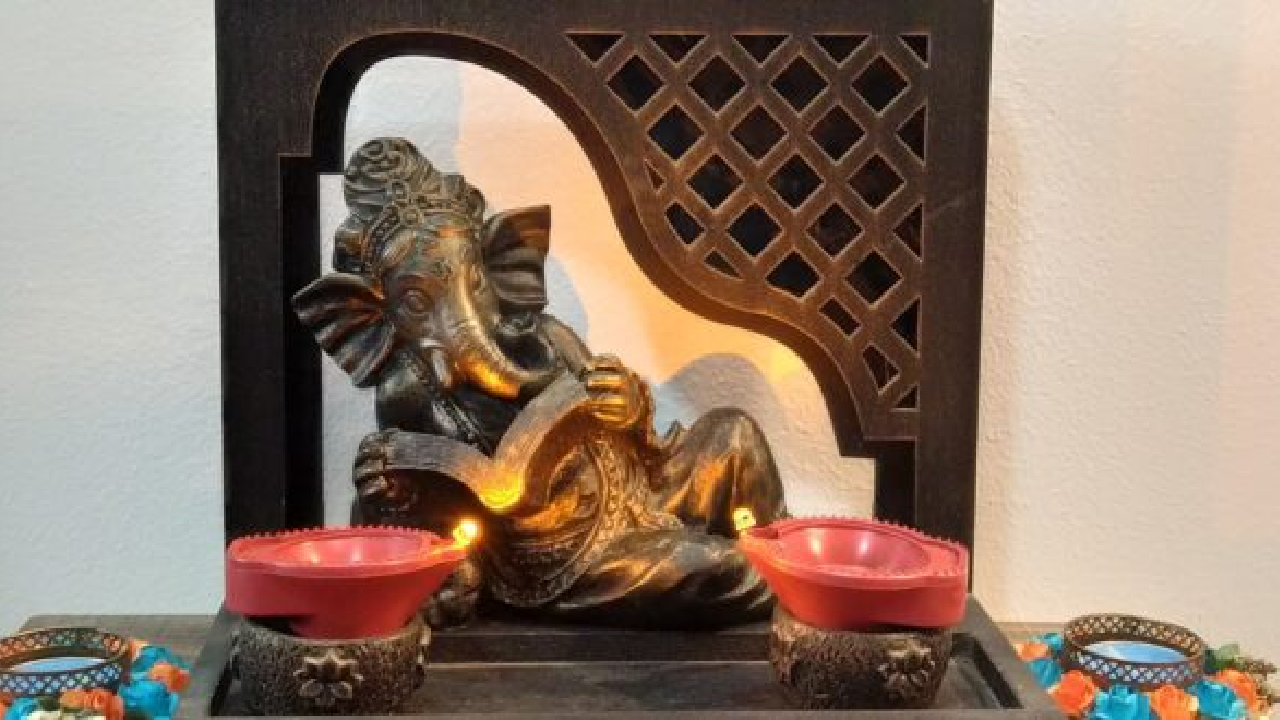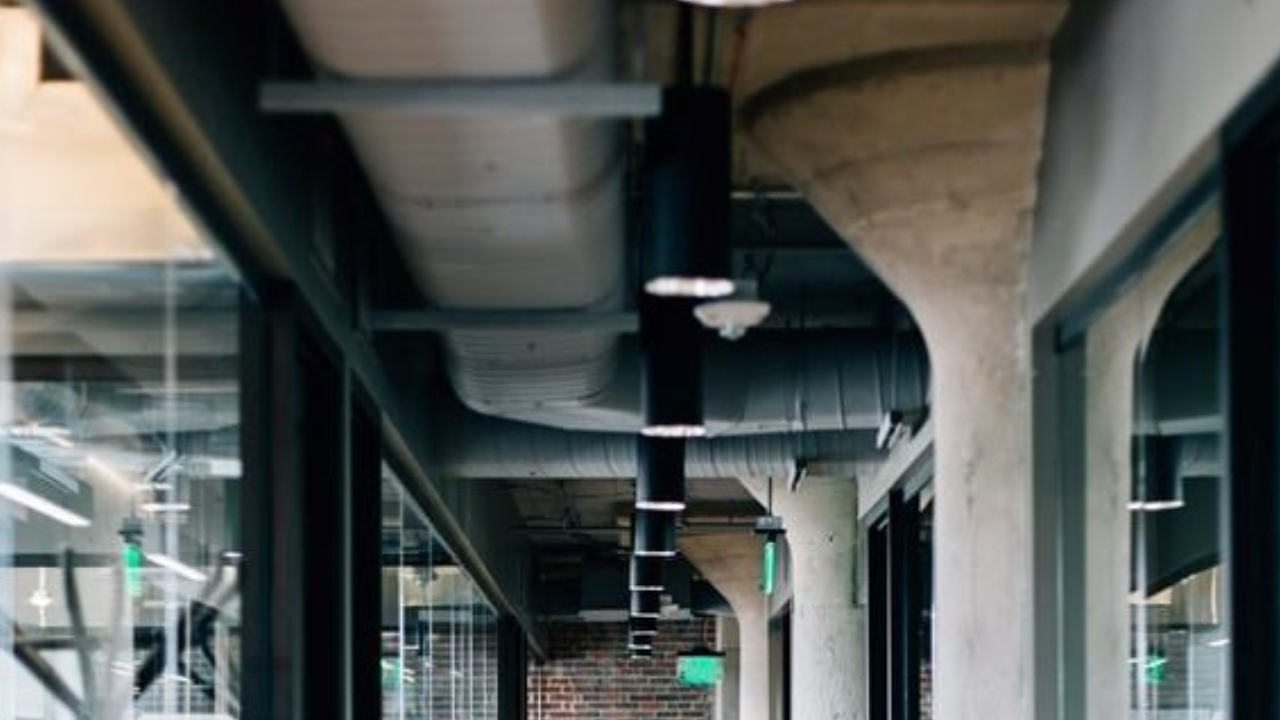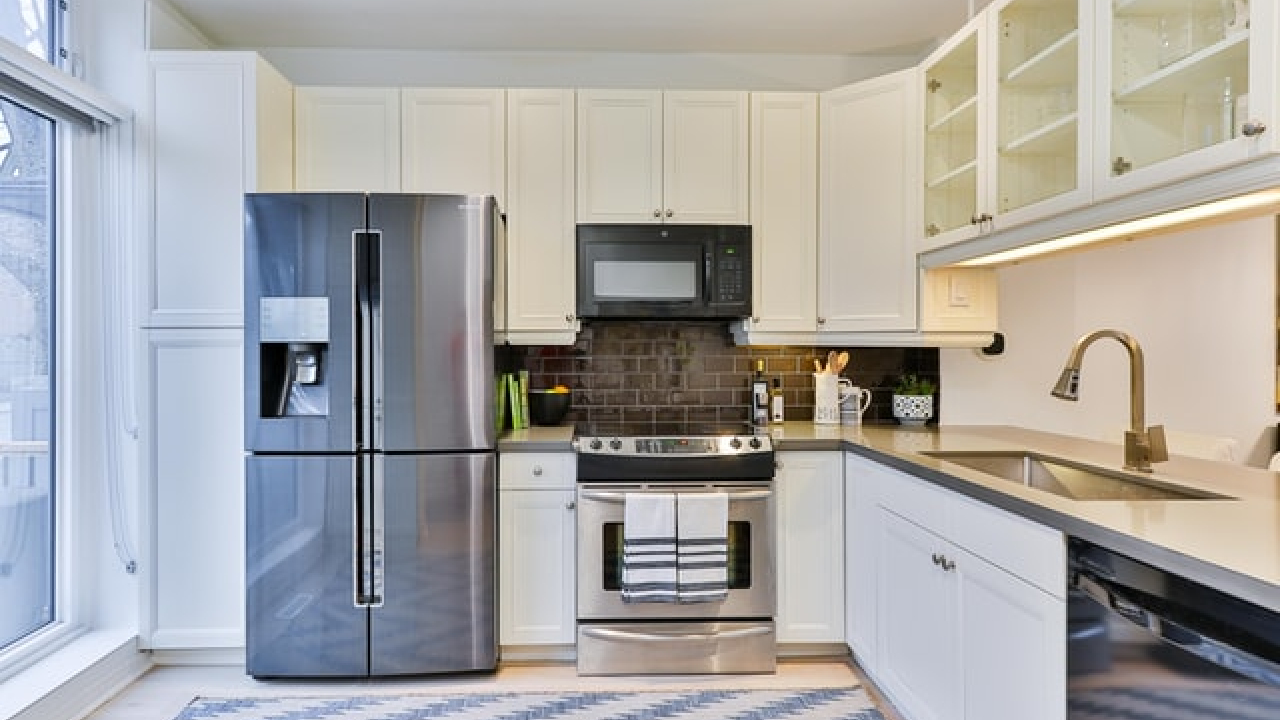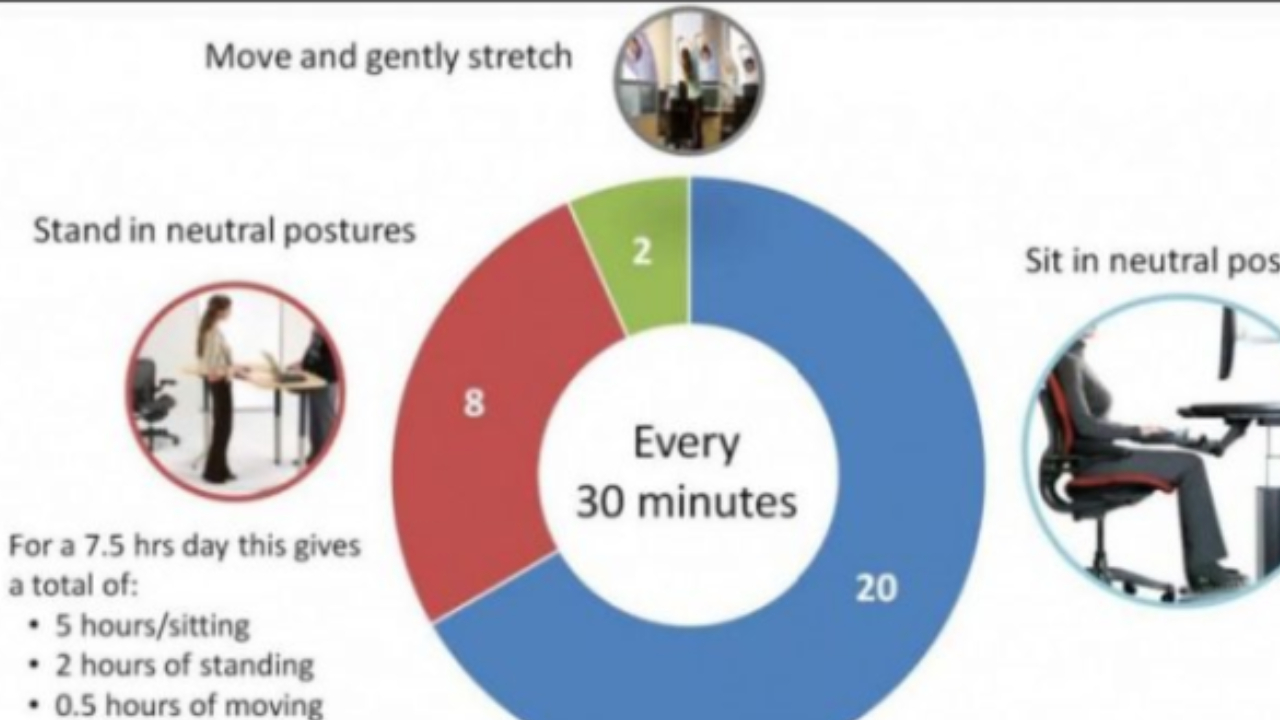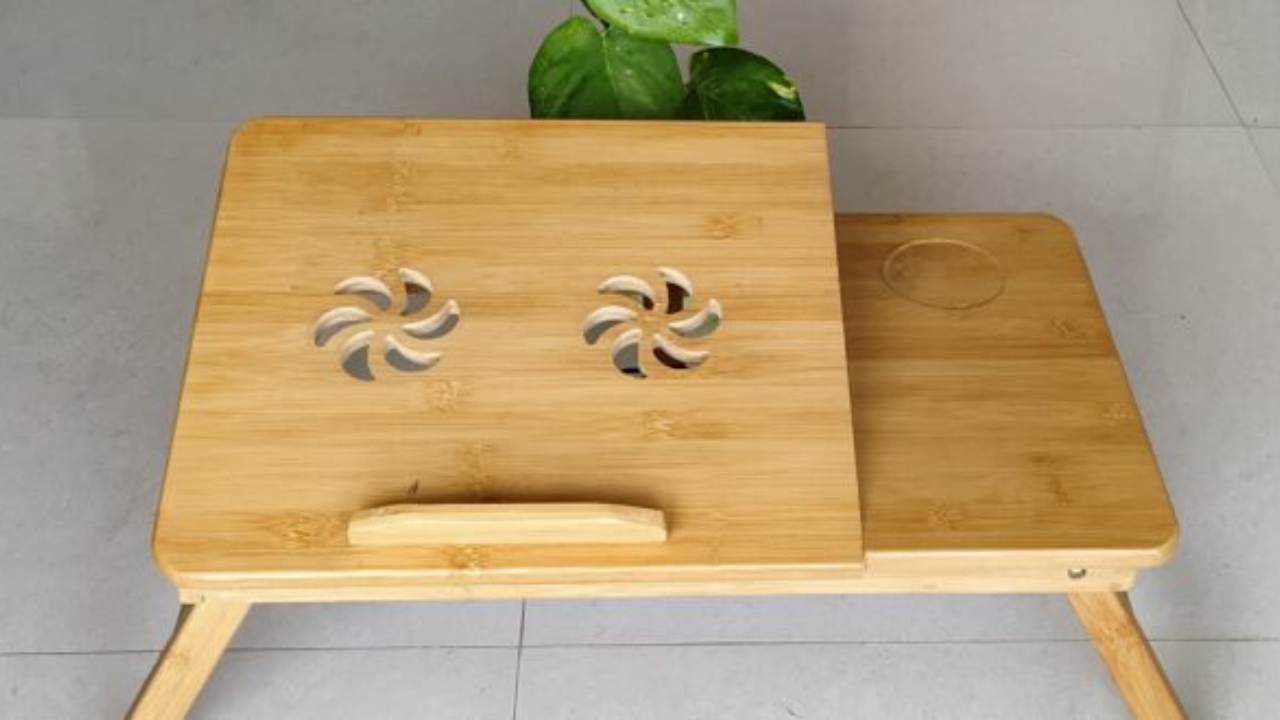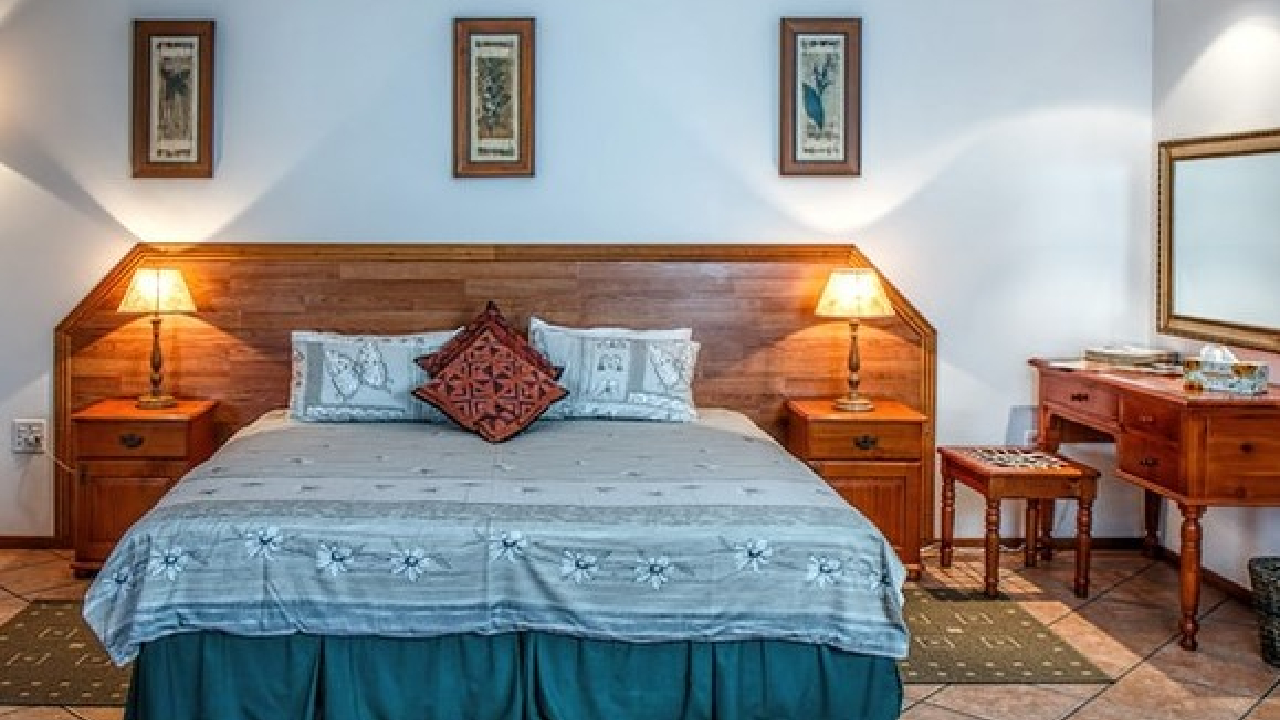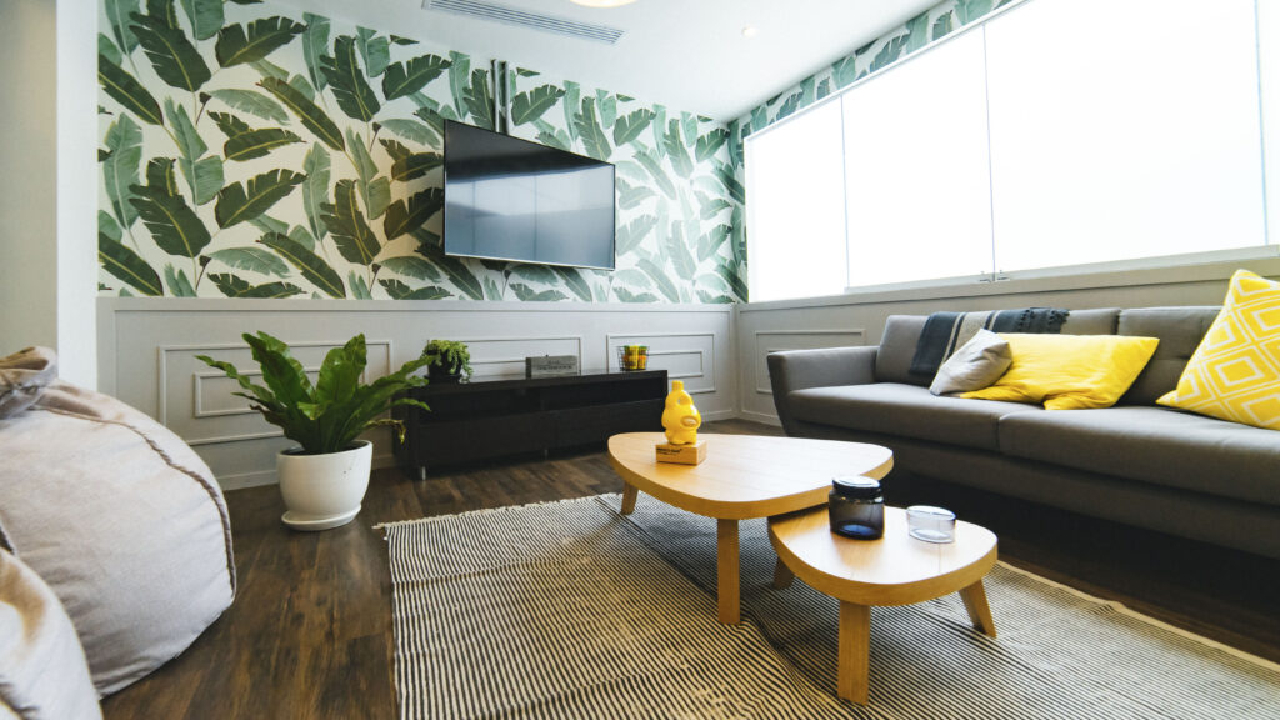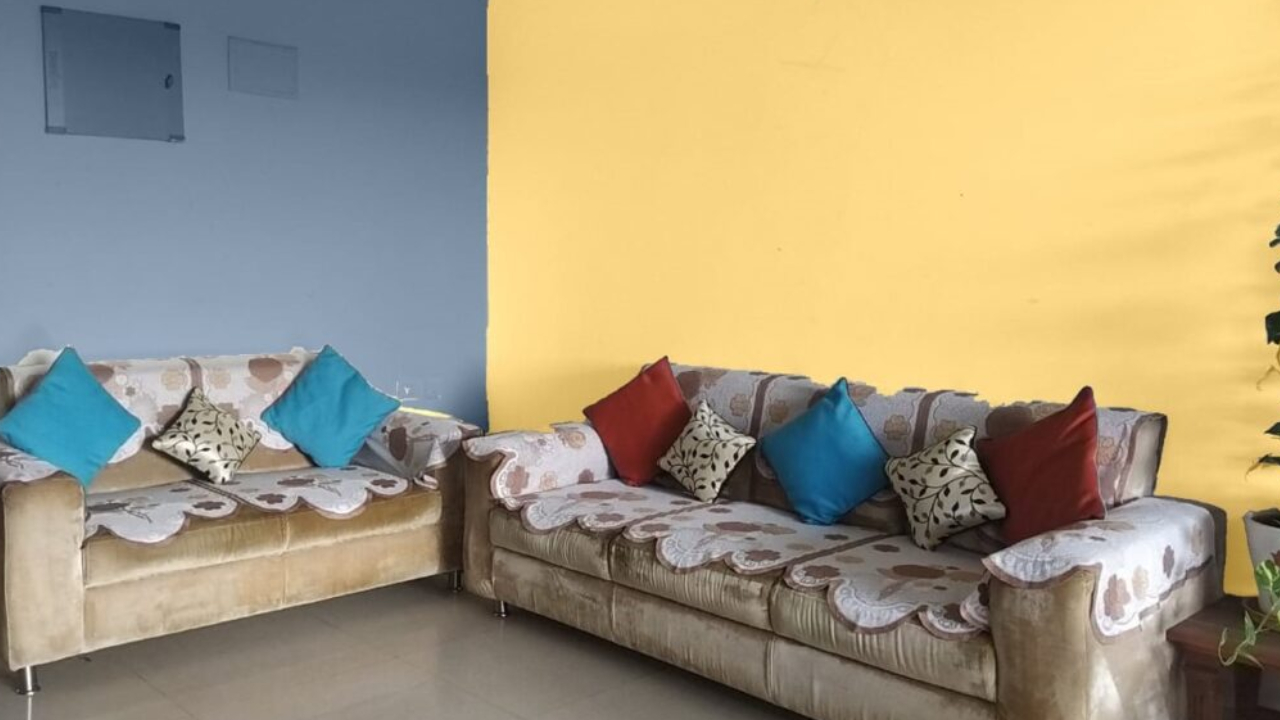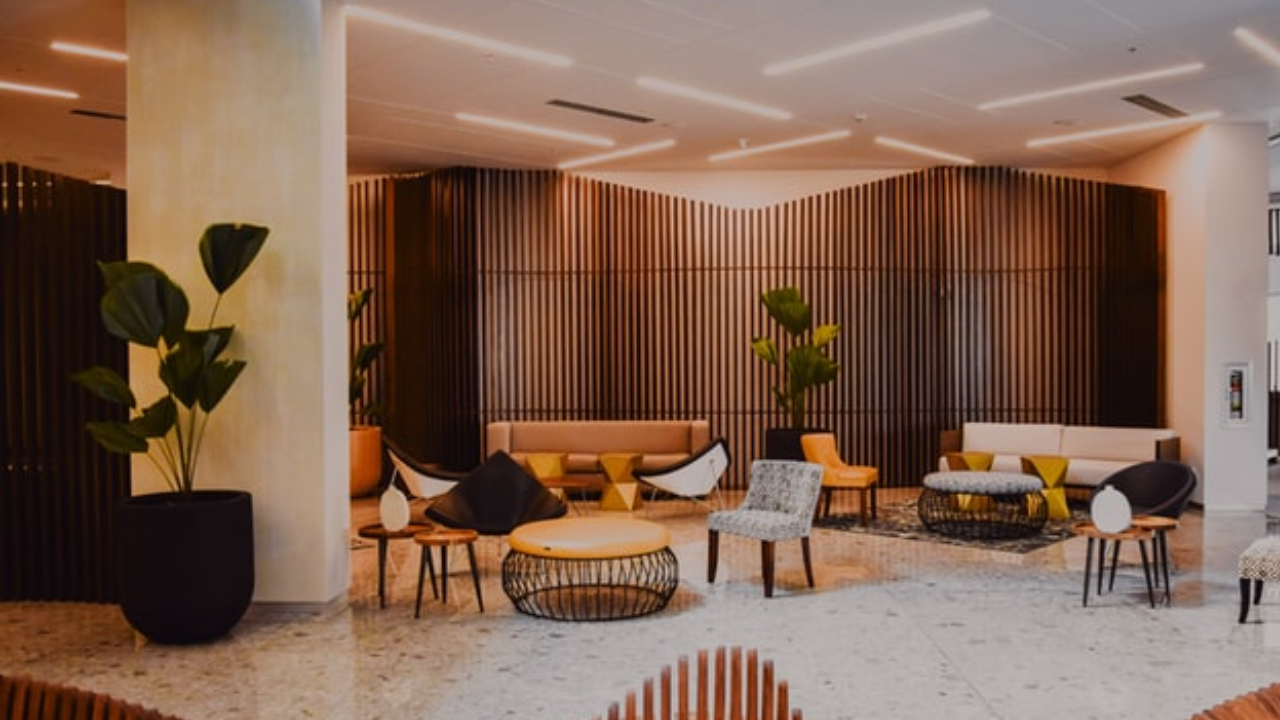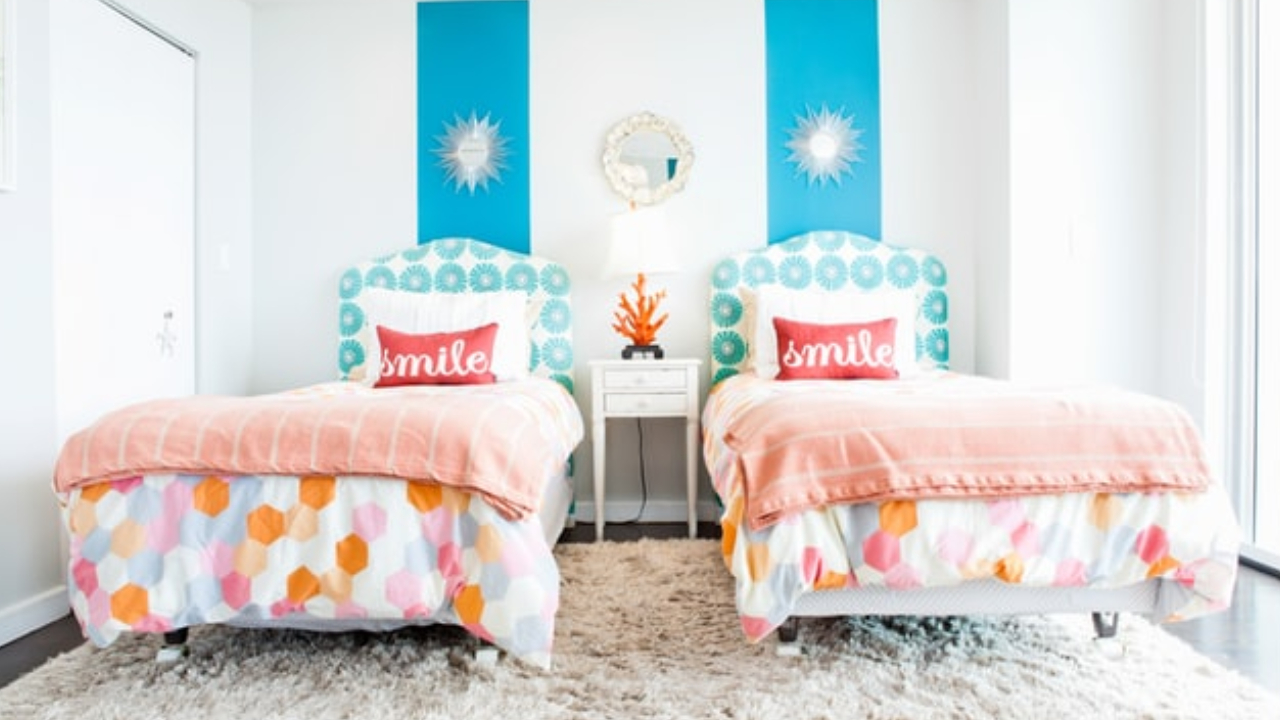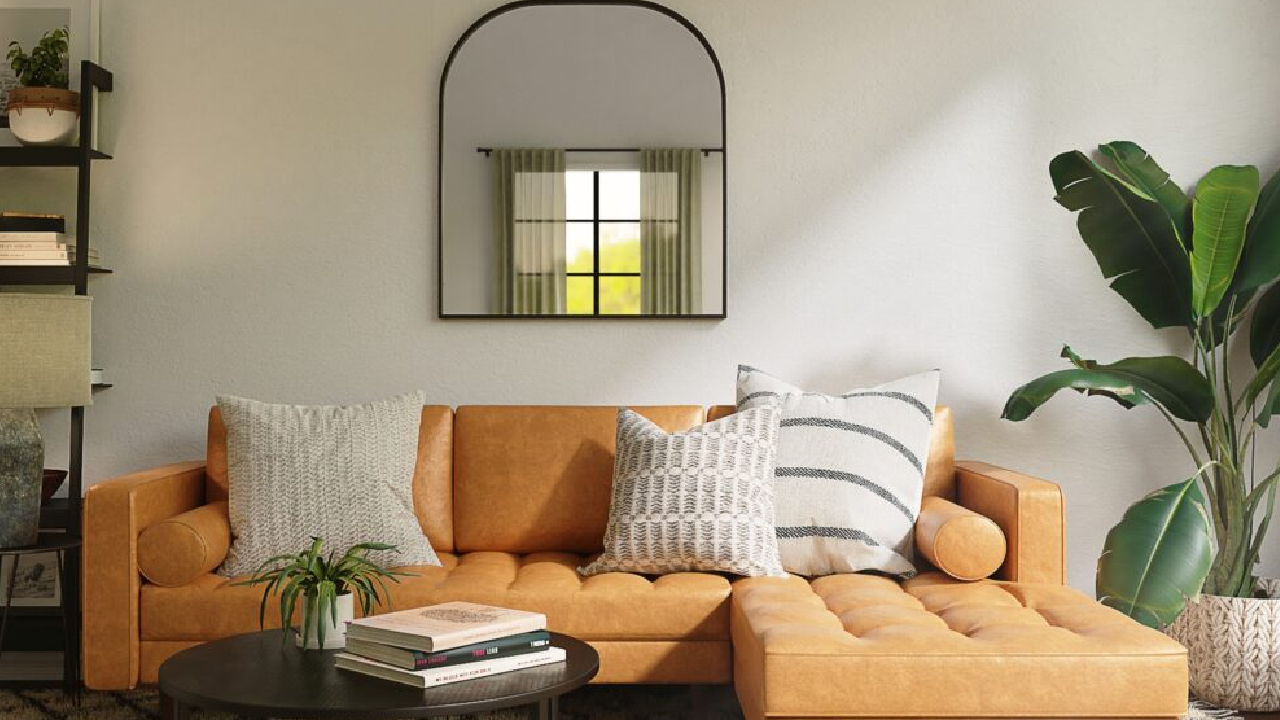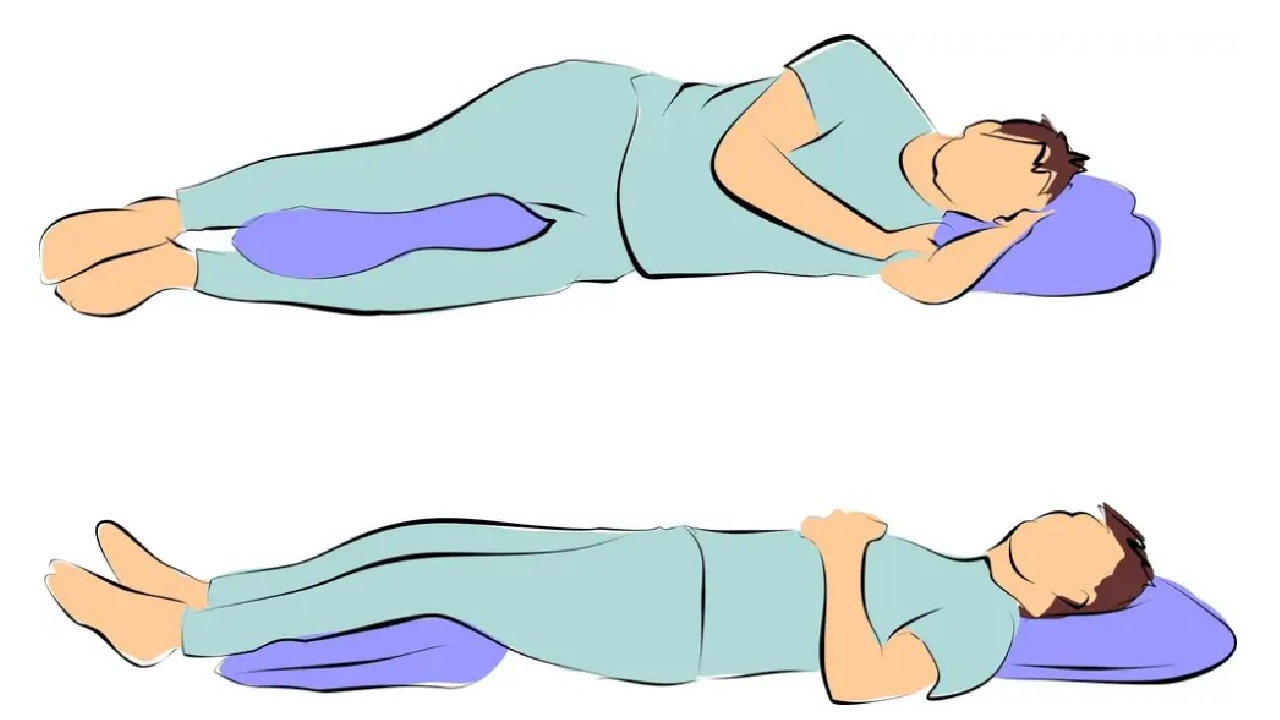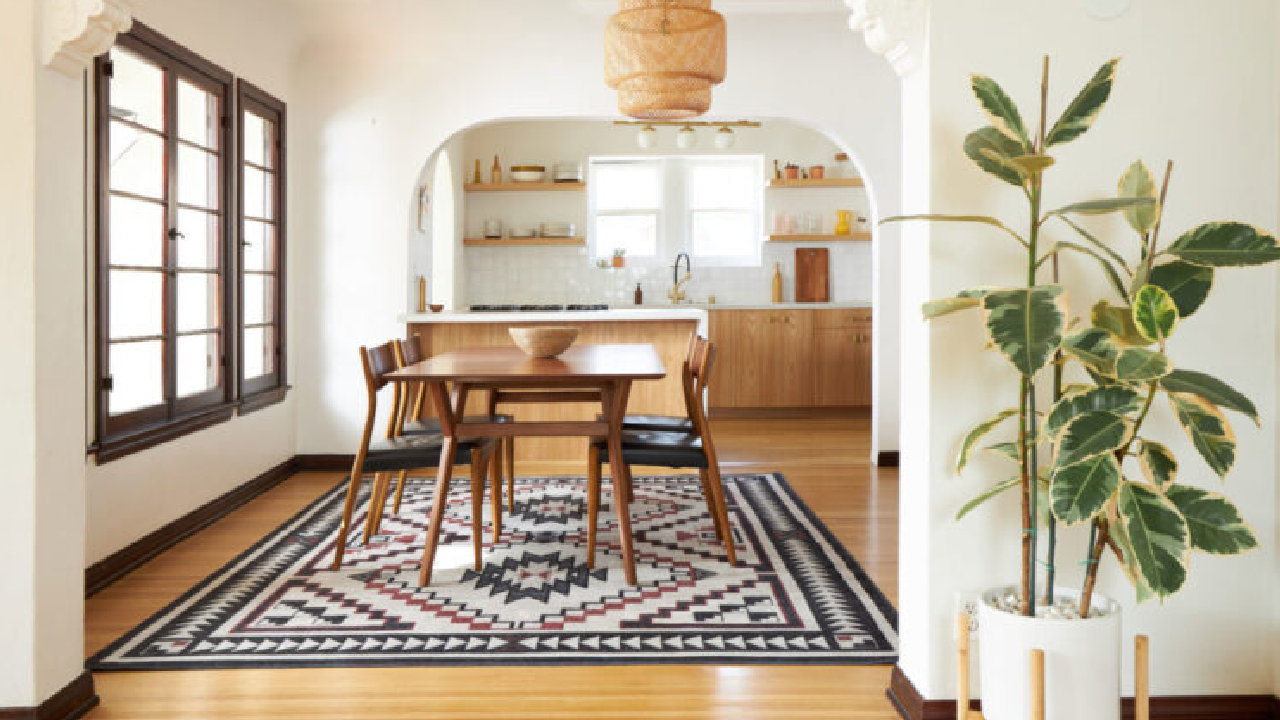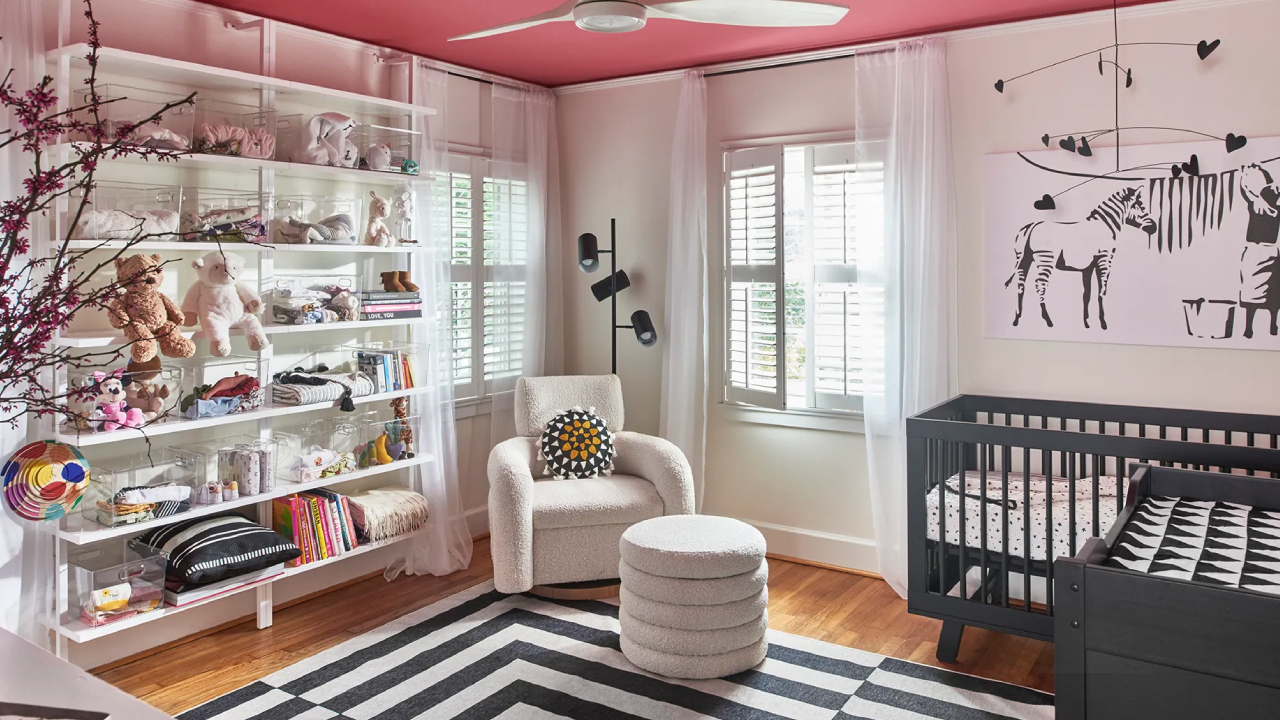2 most important things to know about Ganesh festival
In this season, there is no better subject than Lord Ganesha.
Ganesh Chaturthi preparations are going on throughout the country. Many of you must have done all the preparations, so this can be your check list & for those of you in the process of doing so, can follow these quick & easy guidelines.
This blog is a special subject related to interior decoration & I thought of giving it a few guidelines with respect to Vastu.
There are 2 main things involved in the Ganesh festival.
1. Decoration
There is no hard & fast rule on how to decorate.
For decoration use easily available things at home which are also ecofriendly, to avoid pollution & extra garbage.
eg; flowers, leaves, plants, cotton clothes etc
Avoid synthetic, rubber, plastic materials.
Backdrop
Backdrop makes the entire puja stand out.
While choosing materials try to use natural materials as mentioned above.
Avoid too many colors.
Choose 2 or maximum three colors from white, orange, yellow, green, gold, silver etc.
Choosing dark colors will affect your mood & vibrations, so be aware about it.
Remember idol should be the highlight & not the backdrop.
You can make the backdrop simple & ecofriendly by keeping plants around the table as shown in the picture.
Lighting
Let natural light be a part of decoration.
Don’t overdo artificial lighting, keep it balanced. Give an overall mild lighting. Never focus light on the idol’s face.
You can make a combination of ambient lighting & accent lighting for better results.
2. Idol selection
This is the most important thing to consider.
Go for clay idol for obvious environmental reasons.
A seated Ganesha brings in peace, happiness & love (spiritual growth) whereas a reclined one brings in luxury, comfort & richness (materialistic growth).
Pay special attention to the trunk. Trunk to the left symbolizes prosperity & happiness.
Lord Ganesha with trunk to the right is believed to be difficult to pacify & hence one need to follow all the rituals correctly.
Idol Color
White idol symbolizes harmony, peace & happiness.
Alternatively, a saffron colored idol can also be chosen for self growth & success.
Never face the idol to the south as it can do more harm than good, according to Vastu.
Never keep an idol in the bedroom, store room or under the staircase. These are few of the basic things when one follows, makes the festival full of joy, happiness, prosperity and of utmost tranquility.
Wish you all a happy Vinayak Chaturthi !!

